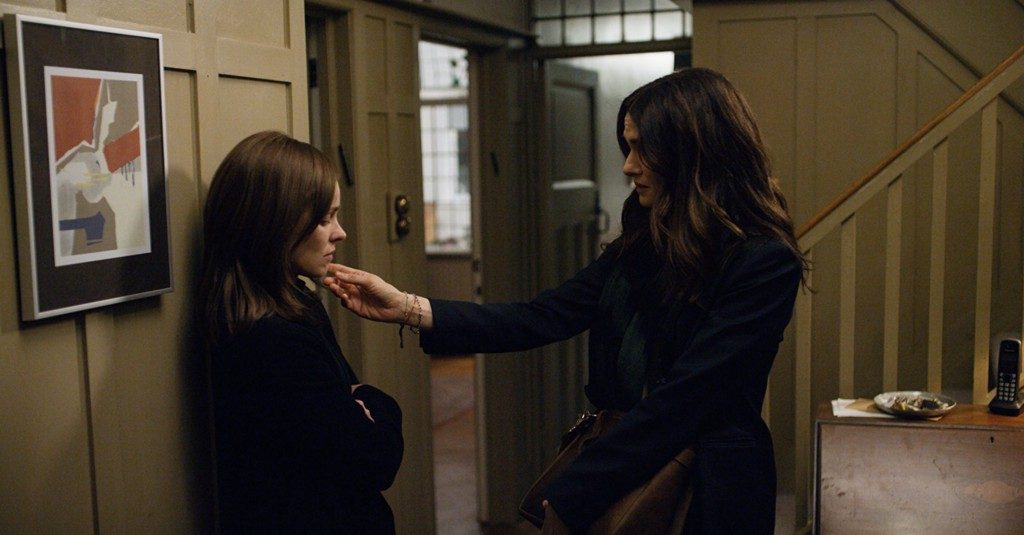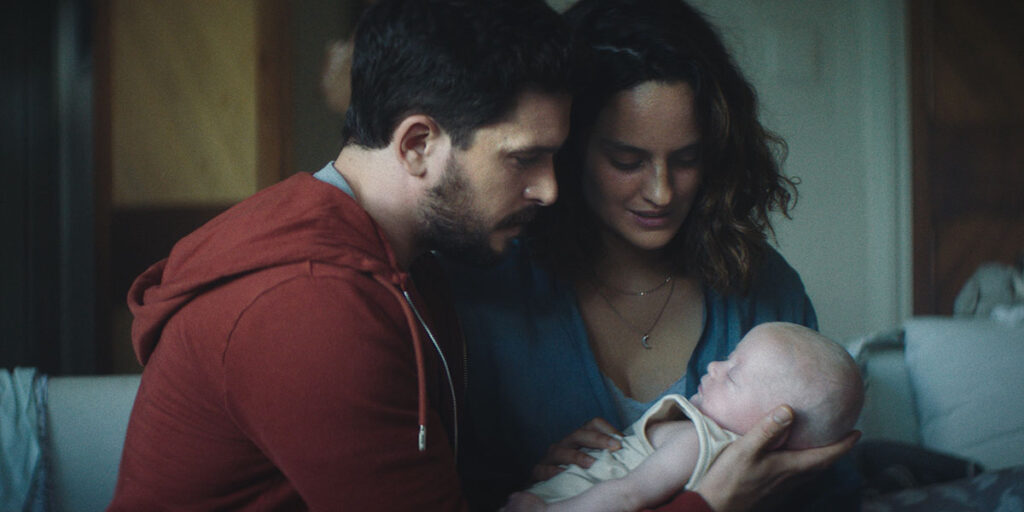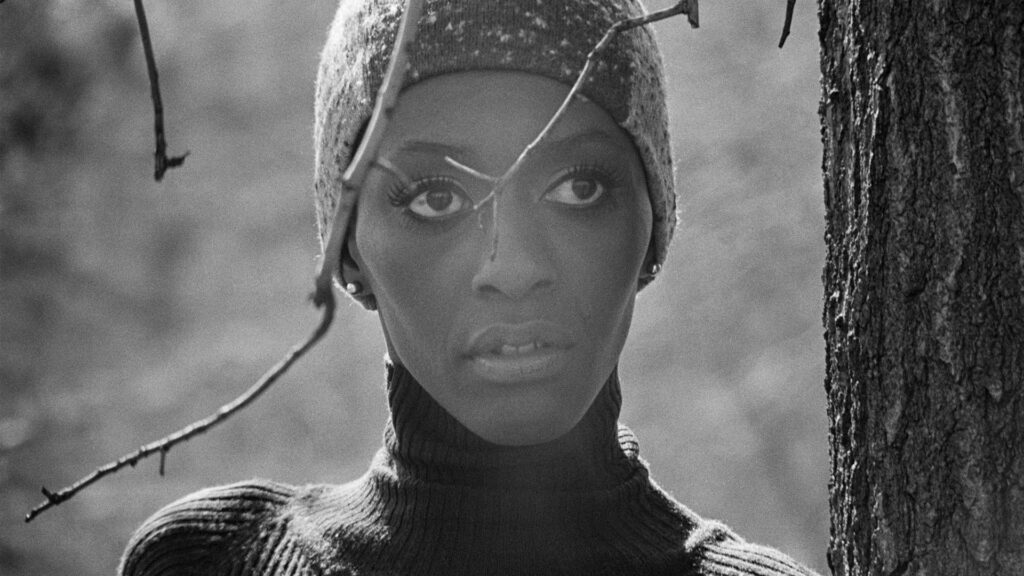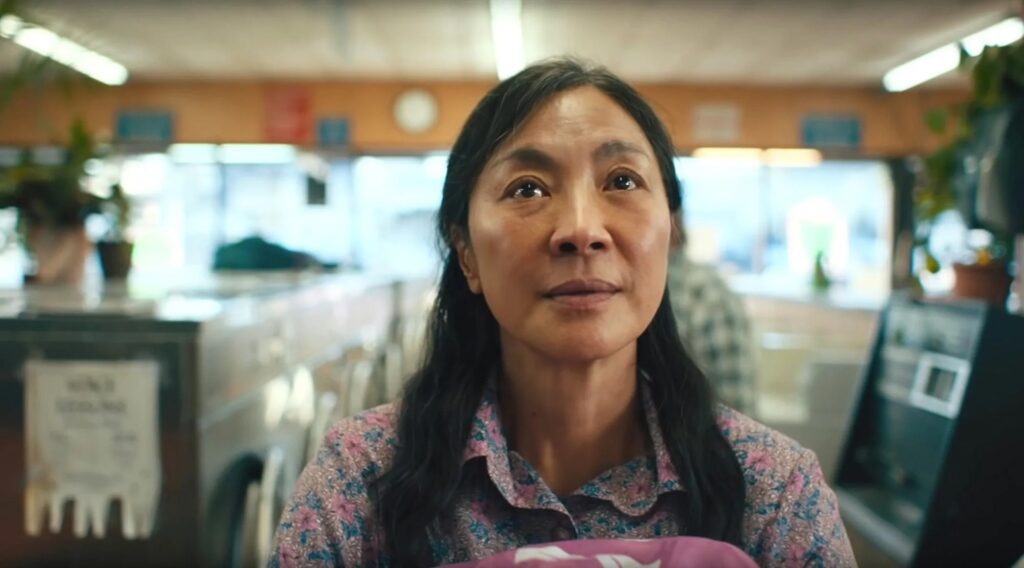Opening today, Sebastián Lelio’s widely praised adaptation of Naomi Alderman’s “Disobedience” will hit theaters in New York and Los Angeles before rolling out nationwide. Led by Rachel Weisz and Rachel McAdams, the film follows Weisz as the free-spirited Ronit, who returns to her North London home when her rabbi father dies, and resumes the passionate love affair with her now-married childhood friend, Esti (McAdams), for which she had been shunned by their Orthodox Jewish community. Following its debut at Toronto International Film Festival last fall, the film was picked up for U.S. distribution within a few weeks by Bleecker Street. Even more impressively, international distribution rights were bought in May last year, when the film was still in post-production, a testament to the confidence in Lelio to deliver.
However, this kind of immediate acquisition success story for a queer women’s movie is not a universal experience, as we see with Desiree Akhavan’s “The Miseducation of Cameron Post,” adapted from the Emily M. Danforth novel of the same name. Fresh from its New York premiere at Tribeca Film Festival, the film has had an encouraging 2018 festival run, which began at Sundance in January, where it took home a major prize. Despite its award-winning status, and its popularity with critics, the coming-of-age film faced months of distribution uncertainty following its Sundance debut.
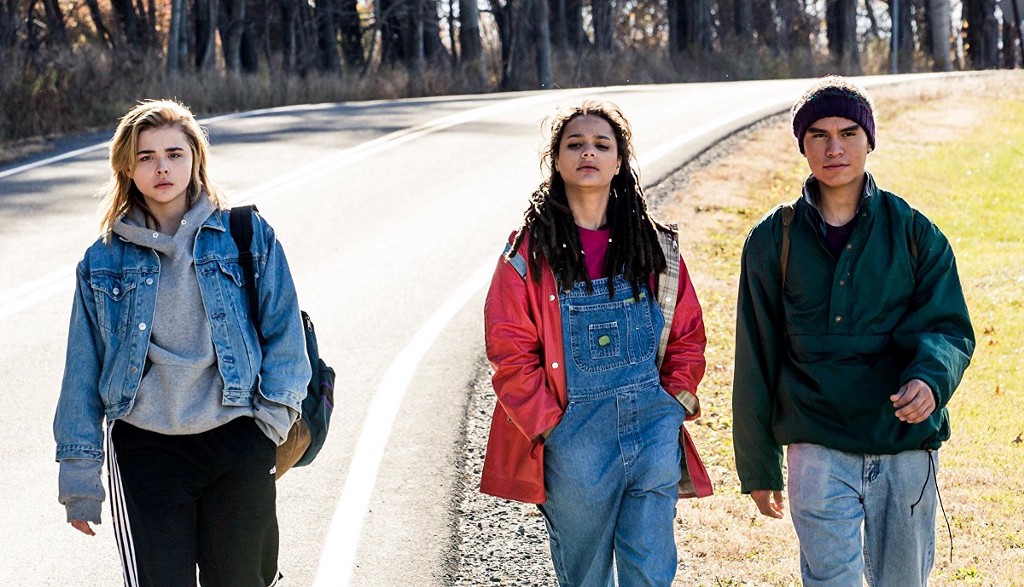
“Miseducation” sees its queer, teenage titular character (Chloë Grace Moretz) sent to a gay conversion camp after she is caught fooling around with another girl. Having established a solid presence in the canon of queer cinema, and securing a positive reception from critics, the film went on to win Sundance’s Grand Jury prize in the Dramatic section, an award that has gone to the likes of “The Birth of a Nation” — Nate Parker’s feature directorial debut — and “Whiplash” — directed by Academy Award-winner Damien Chazelle.
Yet where these predecessors have sparked bidding wars among distributors, “Miseducation” saw out the rest of the festival without that same flurry of excitement. This unusual lack of interest from distributors did not go unnoticed. When the film was eventually acquired by FilmRise, a whole two months after Sundance wrapped up, Akhavan herself commented on Twitter: “I’m still very confused [and] wondering what it takes to get distributors to invest in female-driven queer content.”
@TatianaSiegel27 @THR I’m still very confused & wondering what it takes to get distributors to invest in female-driven queer content
This raises an important question: is the issue simply that the industry is averse to female-driven queer content? At this point it would be easy to make comparisons between the budgets, distribution models, and publicity afforded to films about gay or bisexual men vs. films about gay or bisexual women — and certainly there is plenty of room for analysis in this regard — but it is useful to look beyond such a framework, and consider other prejudices at play here. The fact remains that the majority of the higher profile movies about queer women are directed by men.
Of course, it’s important to acknowledge the directors’ track records and how they factor into the reception of current films. Lelio, for example, has an impressive collection of films with queer topics to his name; his previous directing efforts include this year’s Foreign Language Oscar winner “A Fantastic Woman,” as well as the critically well-received and award-winning “Gloria.” Similarly, Todd Haynes, director of “Carol,” has enjoyed a career as director that has spanned decades and been recognized at the Oscars and Emmys. On the other hand, Akhavan is just now bringing her second feature to audiences, a film which certainly does not boast the star wattage of either “Disobedience” or “Carol,” which is toplined by Cate Blanchett and Rooney Mara.
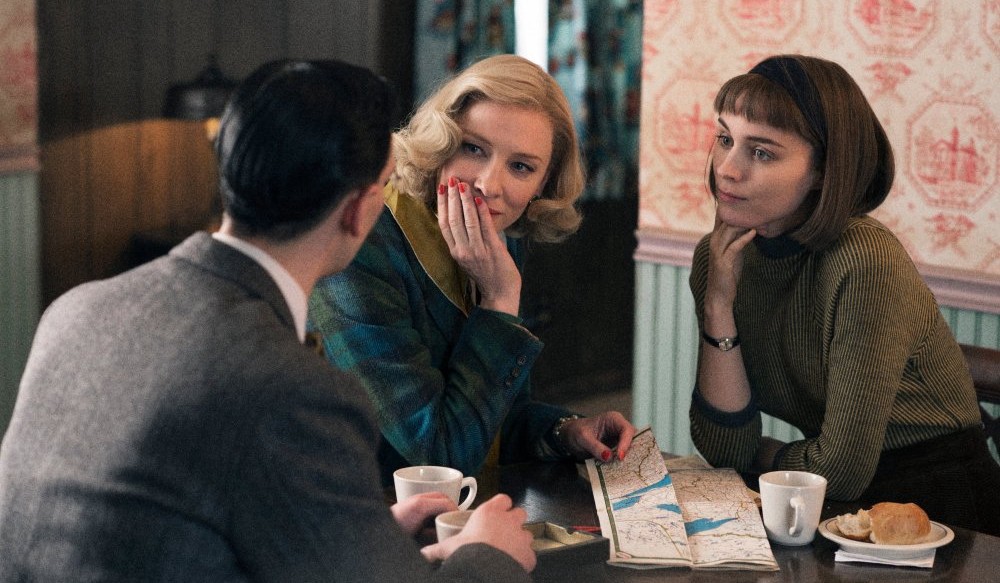
However, what is instantly apparent is that there are few, if any, female directors making films about queer women with the same clout, extensive filmography, or budgets as male directors such as Lelio or Haynes. In the one arena where you might expect women to reign — films about queer women — female directors still have a far lower profile than male directors, and that speaks to the continual lack of opportunities available to them in the first place. Furthermore, this trust gap extends to film distribution.
In 2016, The Hollywood Reporter’s Rebecca Sun reported on the results of a study that found that “the single biggest data point affecting the performance of women in the film marketplace, particularly directors, is the number of screens that their films play on.” The study, carried out by Slated, the online film-financing hub, analyzed 1,591 features that had screened theatrically between 2010 and 2015 in the U.S., and showed that, on average, low-budget films — under $25 million — directed by women were shown on one-third as many screens as those directed by men. “The fact that the average budget for women-directed films is also substantially less than the average budgets for films directed by men, implies an institutionalized lack of financial commitment that starts from the developmental stages of a film’s life, and extends all the way through to its theatrical exhibition,” Sun concluded.
Looking at the last decade’s biggest titles focusing primarily on queer women and their relationships, we see this same disparity at an even more shocking ratio. Those with the widest theatrical releases came from male directors with the exception of Lisa Cholodenko’s “The Kids Are All Right,” which, per Box Office Mojo, was shown in 994 theaters at the height of its domestic theatrical lifetime.
It’s worth noting that, per the MPAA, a wide release constitutes a film playing in 800 or more theaters. Haynes’ “Carol” was shown in 790, “Freeheld” (Peter Sollett) 148, “Blue Is the Warmest Color” (Abdellatif Kechiche) 142, and “The Handmaiden” (Chan-wook Park) 123. If these last three seem to boast far less impressive numbers, then compare them to female-led queer films directed by women: “Circumstance” (Maryam Keshavarz) played in 31 theaters across the country, “Concussion” (Stacie Passon) in 25, “Pariah” (Dee Rees) in 24, while Akhavan’s own debut feature, “Appropriate Behavior,” peaked at 11.
As previously noted, these female directors’ careers were far less established at the time of theatrical distribution — all four films were feature directorial debuts — but, aside from Cholodenko, this is the norm. There’s no way to know if the statistics would be more favorable to the female directors of Haynes’ or Lelio’s stature, because no woman making films about queer women is yet at that level.
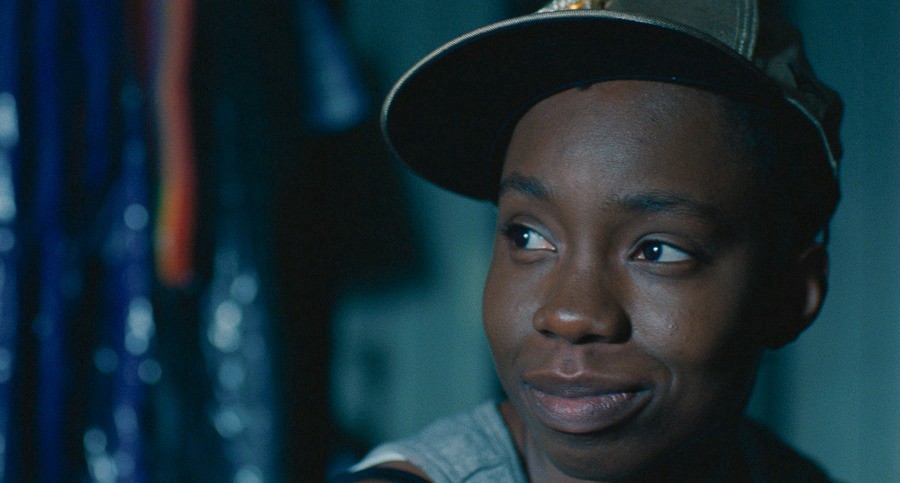
Of course, these aren’t the only films to feature queer women, yet even the majority of those known for featuring queer female characters as the co-lead, such as 2011’s “The Girl With the Dragon Tattoo” (2,950 theaters); or those around which much discussion focused on sex scenes between women, such as “Black Swan” (2,407 theaters); or even those featuring a lead character whose queerness is front-and-center, though incidental to the story, such as “Atomic Blonde” (3,326 theaters), are directed by men. Yes, again there is an exception: Angela Robinson’s “Professor Marston and the Wonder Women,” which involves a polyamorous relationship between two women and a man, and initially screened in 1,229 theaters across the country last year, capitalizing on the increased visibility surrounding the character of Wonder Woman. But it’s important to recognize that these exceptions are isolated success stories, not the norm.
In her analysis of “Carol’s” Oscar nominations in 2016, Heather Hogan of Autostraddle wrote that the film’s lack of nomination for the Best Picture Oscar — in spite of two available spots in that category — highlighted an issue that has industry-wide implications. “The Academy has proven repeatedly that it has no problem with gay films,” Hogan wrote, pointing to prior Best Picture nominees “The Kids Are All Right,” “Milk,” and “Brokeback Mountain.” “What the Academy — with its 76 percent male voter population — has is a problem with films that do not center on male experience.” (Although it features a lesbian couple, one of “The Kids Are All Right’s” three major characters is male.) Hogan’s point of course has been further proven in the two years since, by “Moonlight’s” nomination, and subsequent win in the category last year, and “Call Me by Your Name’s” nomination earlier this year.
Hogan pointed out that “The Kids Are All Right,” and “Carol” differ in that whilst the former has a male character at the center of its story, the latter utterly dismisses its male characters, and even invites its audience to laugh at them. If the Academy — and, by extension, the wider industry — is threatened by male-directed films such as “Carol” that have little regard or room for men in their stories, then their reaction to such films directed by women is anyone’s guess. Time will tell if the new, more diverse Academy will continue to shut out female-helmed films about queer women, just as their predecessors did.
Of course, many of those women directors making films about queer women are queer women themselves — like Akhavan, Keshavarz, Passon, Rees, and Robinson — imbuing their work with the kind of authenticity that can only come from lived experience. So when you consider the significantly greater opportunities male directors’ films receive in contrast to those from women who have a stronger personal connection to the material, the disparity seems even more egregious.
Time and again, established male directors with a back catalogue of feature films are simply handed the reins to stories about queer women, while queer, female, often first-time directors fight tooth and nail for the same opportunities and support. And it doesn’t seem a stretch to imagine that a further barrier to resources is imposed on those queer, female filmmakers of color — Robinson and Rees are both black women, and Keshavarz and Akhavan are Iranian-American — and to those films about queer women of color.
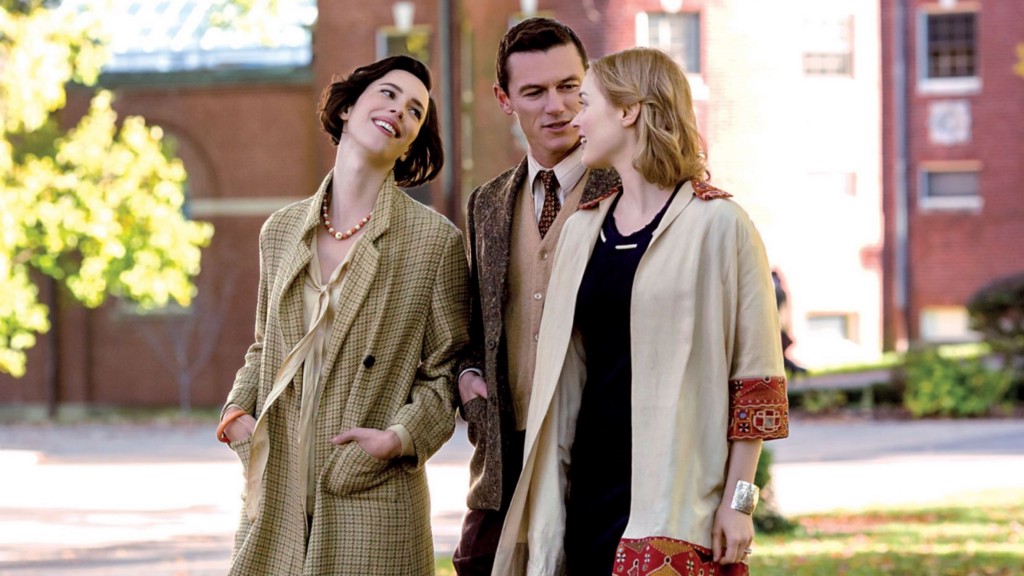
At every stage, the deck is stacked against these female directors, from securing funds, to ensuring their film will actually be seen by audiences. Just recently at the BFI Flare London LGBTQ+ Film Festival, Jenée LaMarque, co-writer and director of “The Feels,” a comedy about a lesbian bachelorette party that is rocked by the revelation that one of the brides has never had an orgasm, mentioned that the film was self-financed, a result of resource pooling. Similarly, Robinson, who had previously directed the commercially successful Lindsay Lohan vehicle “Herbie: Fully Loaded,” struggled for years to secure funding for “Professor Marston and the Wonder Women,” and “Appropriate Behavior,” filmed on a microbudget, was funded through private equity. Although the resourcefulness of female filmmakers is ever inspiring, its necessity continues to expose just how under-served they are.
None of this is to say that male-directed movies about queer women are not worthy of attention or praise. Nor that their storytelling comes from an exclusively straight male point of view — for example, “Carol’s” Haynes is openly gay and its screenplay was adapted by out lesbian Phyllis Nagy, and “Disobedience,” co-written by Rebecca Lenkiewicz, was also shaped by Weisz’s vision as a producer. While we support these films with our money, we must remember to extend that same support tenfold to those female directors who are also bringing us vital stories about queer women — often fighting almost insurmountable odds to do so — and make a concerted effort to amplify their projects. If we want these female directors to be given more opportunities to prove themselves, then at the very least we need to help them show that their work is commercially viable.
It does not seem at all implausible that the industry is averse to female-focused queer content in general — such films are still few and far between, after all, and even fewer of those that do get made receive wide releases — but it is hard to ignore the glaring truth that the industry is far more tolerant of such stories if they involve men in some way, either behind the camera, or in front of it. Those that do not are hampered with small budgets, small releases, and, yes, months of uncertainty over whether or not the film will even find a distributor at all.
